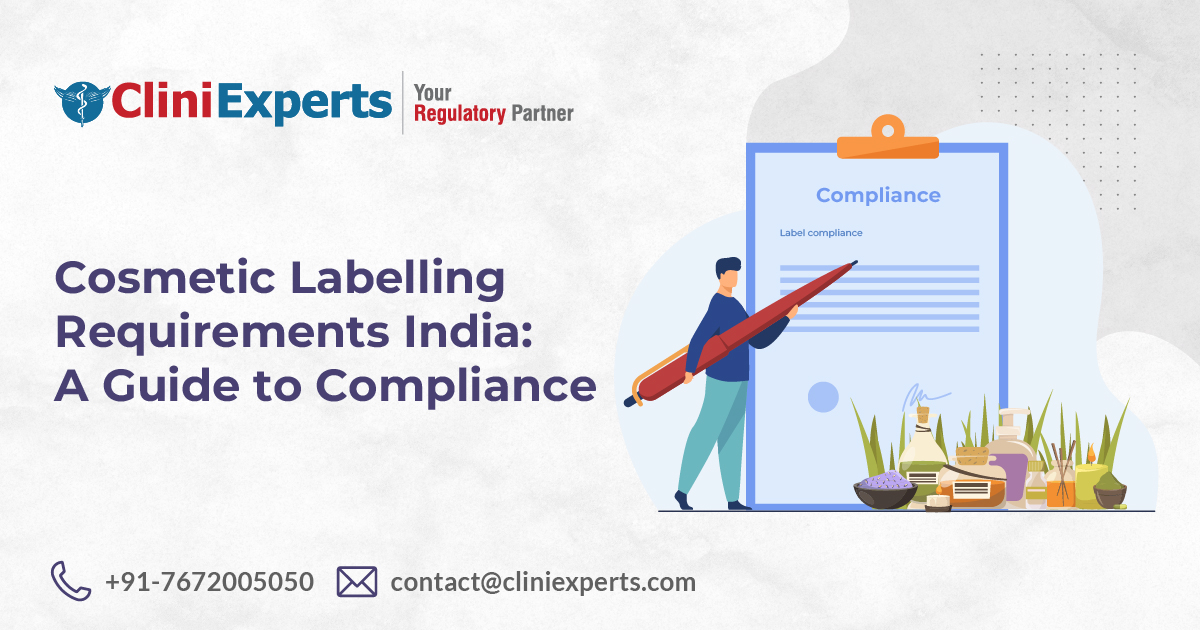CDSCO Announces Medical Device Classification Pertaining to Hand-held Surgical Instruments for General surgical Procedures

CDSCO Announces Non-Sterile Medical Device Classification
Non-sterile and invasive medical tools commonly used for dissecting, cutting, sawing, drilling, grasping, clamping, clipping, retracting and similar procedures that require no electrical connection to activate and can be hand-handled. These surgical devices are classified under Class A medical devices based on their low risk.
What is the significance of Medical Devices Rules (MDR), 2017?
Medical Devices Rules, 2017 are a set of rules established by the Government of India in 2017 to categorise all medical devices to ensure patient safety. Medical Devices Rules, 2017 regulates the classification of medical devices based on their intended use, the risks associated with each device and other parameters listed in the First Schedule of said rules. Furthermore, it plans the procedure for document submissions, registration process, fee structure and approval of these medical devices. It provides details concerned with manufacturing, selling, importing and distributing medical devices.
Classification of non-electric, hand-held surgical instruments
On 09 September 2022, the DGC(I) published a notice under the Medical Devices Rules, 2017, concerning the classification of non-sterile, non-powered, hand-held or hand-manipulated surgical Instruments for general use intended to be used in various general surgical procedures.
With respect to this, under the provisions of Medical Devices Rules, 2017, such hand-held surgical Instruments are now classified based on their intended use, associated risk and other parameters of the First Schedule of the Medical Devices Rules, 2017.
The classification of these surgical instruments is listed in Appendix A. This list is dynamic and subjected to revision from time to time under the regulations of MDR, 2017.
How are Surgical Instruments classified?
The notification comprises Appendix A, which lists four types of medical devices on the basis of their intended use and the risk associated with each type classifying them as Class A medical instruments.
- Type-1- Cutting and Dissecting Surgical instruments
- The cutting and dissecting surgical instruments that are transient (continuously used for less than 60 minutes) invasive surgical instruments.
- They have sharp tips or edges to cut through skin, tissue, and suture material.
- They are primarily used to cut and dissect tissue to explore irregular cell growth and remove dangerous or damaged tissue.
- These cutting and dissecting surgical instruments are also used for cutting sutures.
- These instruments are classified as Class A medical devices.
- Type-2- Clamping and Occluding Surgical instruments
- The clamping and occluding instruments fall under Class A medical devices.
- These are used as invasive surgical instruments to penetrate through an orifice or the surface of the body.
- They are intended to be included in several surgical procedures for compressing blood vessels or hollow organs.
- These are used to prevent organ contents from leaking or control bleeding or occlude a blood vessel.
- They are designed in straight, curved or angled, or ratcheted shapes and have varied inner jaw patterns.
- Type-3- Retracting and Exposing Surgical instruments
- The retracting and exposing of surgical instruments are also transient use invasive surgical instruments and are classified under Class A medical devices.
- These are intended to hold back or retract organs and tissue to access the operative area during a surgical procedure.
- They are spread open the skin, ribs and other tissues.
- They are also used separate the edges of a surgical incision.
- Type-4- Grasping and Holding Surgical instruments
- The grasping and holding surgical are transient use of invasive surgical instruments intended to grab and hold blood vessels or tissue that may be in the way during a surgical procedure.
- They are designed serrated or non-serrated at the tip.
- Type-4 surgical instruments also fall under Class A medical devices.
Summary:
- On 09 September 2022, CDSCO issued a notification classifying the non-sterile, non-powered, hand-held surgical instruments for general use intended to be used in the surgical procedure.
- These surgical instruments are listed in Appendix A in the First Schedule of the Medical Devices Rules, 2017.
- These instruments are ‘Non-Sterile and Invasive Surgical Instruments’, commonly used in cutting, scratching, scraping, clamping, retracting, and holding surgical procedures.
- These surgical instruments are classified into four types based on their intended use and the risk associated with the specific tool.
- Each surgical instrument falls under the Class A category.
Reference:
Saurangi is a food regulatory expert with 8 years of experience. She shares her knowledge and insights on regulatory updates, food trends, best practices, and news. Follow her for expert insights and practical advice on all things for food regulatory
Saurangi Shah
CliniExperts Services Pvt. Ltd.
Recent Posts
Organic Food Labelling In India| Certification, and Import of Organic Food in India

This Article is All About Organic Food Labelling In India and Certification, and Import of Organic Food in India. Explained in Detail About What is Organic Food labelling? Summary Short Description Wi..
Cosmetic Label Compliance India : A Guide to Compliance

Introduction Looking for Cosmetic Label Compliance India? Are you a cosmetic manufacturer or importer navigating the complex world of Indian regulations? Ensuring your product labels comply with the l..
Clinical Investigation Approvals: An Overview of Forms MD-22 and MD-23

Summary Short Description Strict regulatory protocols govern clinical investigations for medical devices. Central to this process are forms MD-22 and MD-23. Form MD-22 is an application to Central Lic..
HAVE A QUERY?
REACH US!Office
New Delhi
Unit No. 324 & 325, City Centre Mall, Plot No. 5, Sector 12, Dwarka, India - 110075
+917672005050
Bengaluru
RMZ Galleria, 1st floor, Ambedkar Colony, Yelahanka, Bengaluru, Karnataka, India – 560064
Call us on
Sales: +91 7672005050
Reception: +91-11-45214546
Timings
9 am to 6 pm (Monday to Friday)


